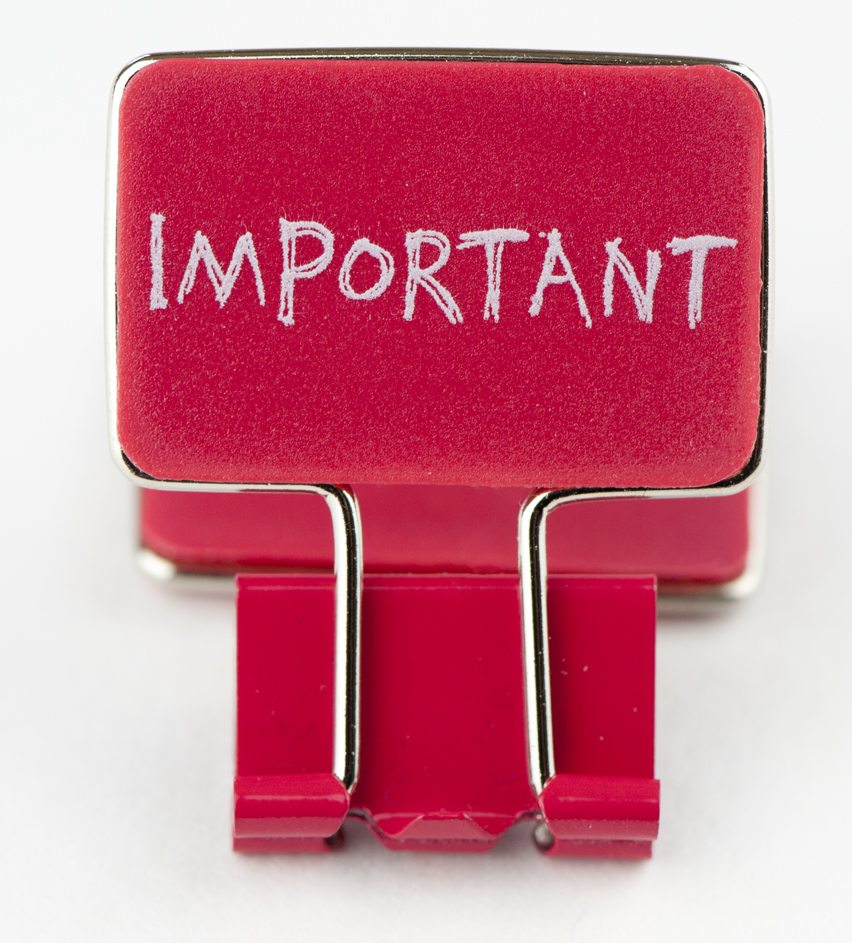PROOF OF IDENTITY FOR DOGS
In England Local Authorities are generally responsible for those of us who get lost and, as a sensible Weimaraner, I am always concerned that so many of you humans are not completely clear on what dog ID discs your best friends need, so I’d like to clarify things for you as well as update all of you humans in England about some upcoming changes.
1 COLLARS AND ID DISCS
The law
Section 2 of the Control of Dogs Order 1992 means that most dogs, whilst the dog is in a public place (including the public highway), must wear a collar with a plate or badge attached to it which shows the owners name and address. You do not have to include your telephone number but this may be helpful to reunite you and your dog quickly, should they get lost.
What if your dog is microchipped?
If your dog is micro-chipped you still need a collar and plate/badge but it will probably be acceptable to just put down your name and telephone number and microchip number.
Any exceptions?
The only exceptions to wearing a collar and plate/badge relate to dogs
– whilst they are being used for sporting purposes
– whilst they are being used for the capture or destruction of vermin
– whilst they are being used on official duties by Her Majesty’s Armed Forces, HMRC or the police
– who are registered as guide dogs
– who are part of a pack of hounds at the time
Consequences of not complying
If you do not comply
- your dog may be seized and treated as a stray
- you will be guilty of a criminal offence
You do NOT have to include your dog’s name on dog ID discs and I personally wouldn’t recommend it. Unfortunately there are thieves about and they could use your dog’s name to confuse him or her into thinking they are a friend!
2 MICROCHIPPING
The law
From the 6th of April 2016, section 2 of the Microchipping of Dogs (England) Regulations 2015 means that most dogs who live in England must be microchipped
- once they reach 8 weeks old or
- within 30 days of being imported
Any exceptions?
The only exceptions relate to
(1) Dogs whose health means they should not be implanted – evidence of this must be certified by a vet using a prescribed form or
(2) Certified working (a dog who is a particular specified breed and certified as working by a vet)
Who can implant microchips?
Microchips can only be implanted by
- qualified vets or
- veterinary nurses, student vets or student veterinary nurses if acting under the vet’s direction or
- someone who has been on an approved training course
If your dog has an adverse reaction to an implant (unnecessary pain on implant, migration of the microchip or its failure to transmit), then this must be reported to the relevant authorities (this will be in place before the 6th April 2016).
What type of microchip?
Microchips used must comply with a particular form by having:
– a unique number which includes the manufacturer’s code and
– be within ISO standard 11784:1996 of the International Standards Organisation’s standards for microchips and
– respond to a transponder which operates at 134.2 kilohertz and conforms with the FDXB protocol set out in ISO standards 11784:1996 and 11785:1996
I think that most reputable places will no doubt already be using these but it is worth checking that yours complies) and the following details about you and your dog will be recorded in a database.
– your name and address
– if you are a breeder, that will also be recorded together with your licence details
– your dogs name, sex, colour and approximate date of birth
– the microchip‘s unique number
What if there is a change of keeper?
If there is a change of human keeper after the 6th April 2016 then the new keeper must make sure that the database details are updated with their own details.
Consequences of not complying
Police and local authorities will be able to serve notices on keepers of dogs who are not microchipped to ensure that they get their dog microchipped within 21 days. Failure to do so will result in a criminal offence and you could be fined up to £2000.
They may also take possession of your dog, arrange for your dog to be microchipped and recover the costs from you.
Personally, I’m quite happy that I’m microchipped because although I love my humans there is always that worry that, because they are so much less intelligent that I am, it could be quite easy for them to lose themselves. I also like to think that my collar is a show of luxury befitting me as well as a (designer) fashion accessory – after all, what better way for them to spend their money as I recline the day away.



You must be logged in to post a comment.